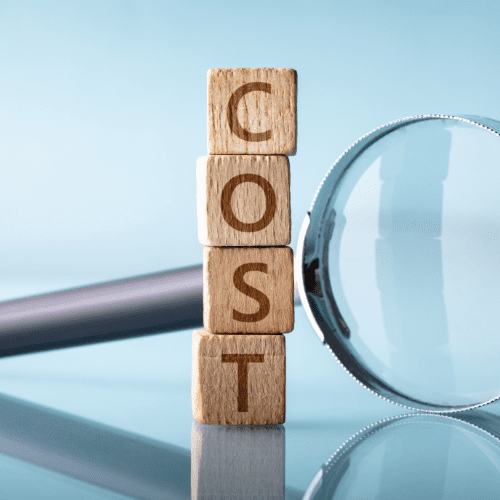Access to clean water and adequate sanitation facilities is vital for the well-being of communities, especially in rural Primary Health Centers (PHCs). In many developing regions, the lack of proper water and sanitation infrastructure significantly impacts health outcomes, leading to a cycle of disease and poverty. This article delves into the current state of water quality and access in rural PHCs, as well as explores ways to improve sanitation facilities to foster better health outcomes for rural populations.
Assessing Water Quality and Access in Rural PHCs
The state of water quality in rural PHCs often falls short of acceptable standards, directly affecting the health of the community. Many rural areas rely on surface water sources, which are susceptible to contamination from agricultural runoff and inadequate waste disposal practices. Regular testing of water quality is crucial, yet it frequently goes unperformed due to limited resources and lack of awareness among health workers. As a result, communities may unknowingly consume harmful microorganisms, leading to waterborne diseases that disproportionately affect children and vulnerable populations.
Access to clean water is not just about availability; it also intersects with issues of accessibility and affordability. In many rural settings, the journey to collect water can be long and arduous, consuming significant time that could be spent on education or economic activities. Infrastructure such as boreholes, rainwater harvesting systems, and piped water supply can greatly enhance access. However, the initial investment in such systems can often be a barrier for local governments and NGOs, leading to an ongoing cycle of neglect and deterioration in water access.
Community engagement plays a pivotal role in assessing water needs and mobilizing resources for improvement. Local involvement in water management fosters a sense of ownership and responsibility, encouraging sustainable practices. By educating communities on the importance of water quality and health, and involving them in the monitoring of water sources, rural PHCs can build resilience against water-related issues. Collaborative efforts between governments, NGOs, and local communities can lead to innovative solutions that ensure safe and reliable water access for all.
Improving Sanitation Facilities for Better Health Outcomes
Sanitation facilities in rural PHCs are often inadequate, contributing to a range of health issues. Many rural areas lack proper toilets or waste disposal systems, leading to open defecation and the contamination of local water sources. This not only poses health risks but also affects the dignity and safety of individuals, particularly women and children. Improving sanitation facilities, therefore, is imperative for fostering a healthier environment and reducing the burden of sanitation-related diseases.
Investment in sanitation infrastructure must go hand in hand with community education and behavior change initiatives. Programs that promote hygiene practices, such as handwashing and the proper use of latrines, can dramatically decrease the incidence of diseases like cholera and dysentery. Furthermore, involving community members in the design and implementation of sanitation solutions ensures that facilities meet the specific needs and preferences of the population, promoting greater usage and maintenance.
Innovative solutions such as eco-sanitation and biogas toilets can also be explored to address sanitation challenges in resource-constrained settings. These systems not only provide safe waste disposal options but also convert waste into valuable resources, such as fertilizer and biogas, which can be used for cooking. By integrating sustainable practices into sanitation initiatives, rural PHCs can create a healthier environment while also empowering communities economically and socially.
The challenges surrounding water and sanitation infrastructure in rural PHCs are multifaceted and require a comprehensive approach for effective resolution. By assessing water quality and access, and improving sanitation facilities, health outcomes can be significantly enhanced for rural populations. Collaboration among governments, NGOs, and communities is essential to designing sustainable solutions that prioritize health, safety, and dignity for all. Investing in water and sanitation infrastructure is not only a public health imperative but also a pathway to better quality of life and economic development in rural areas.




